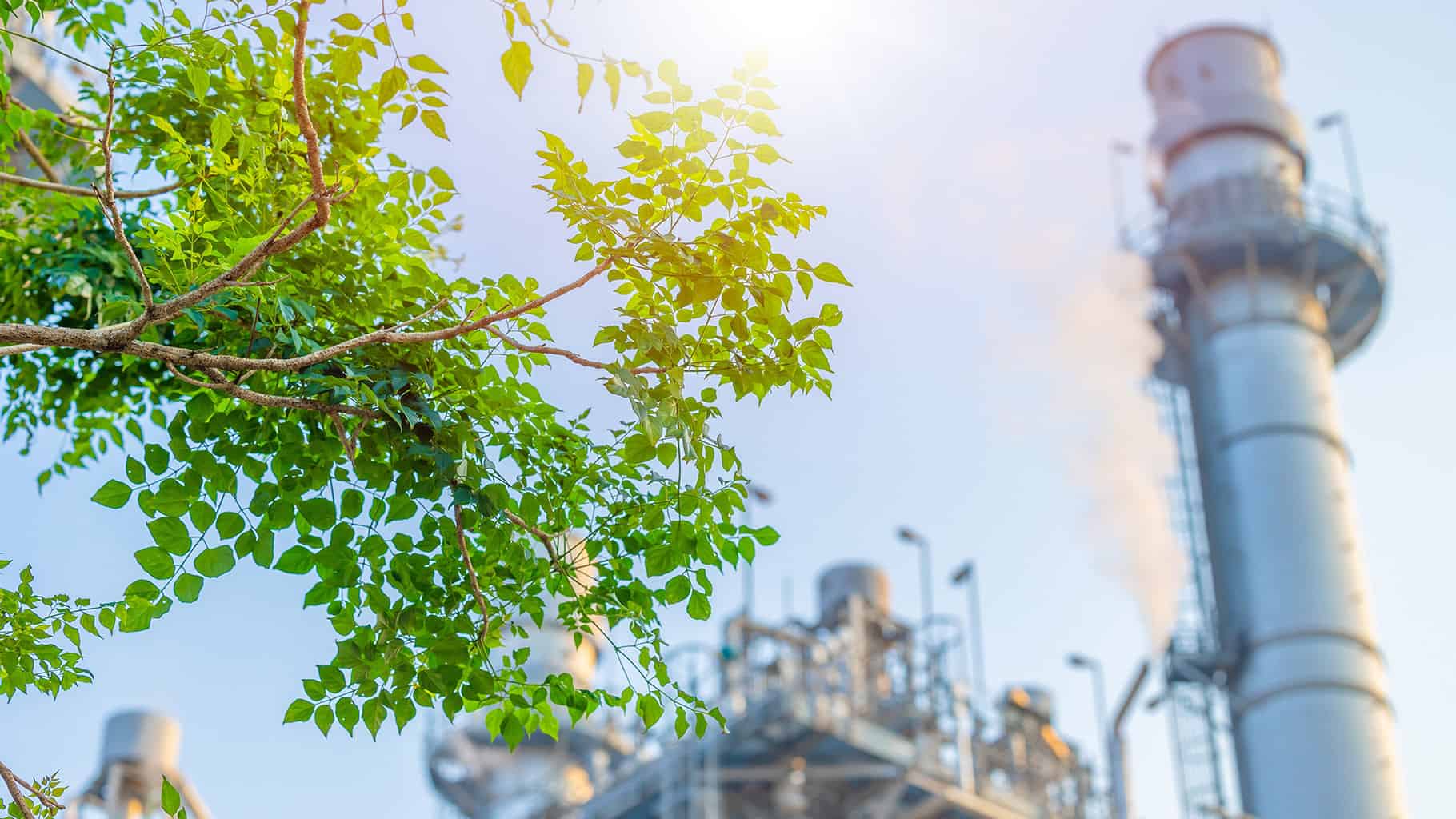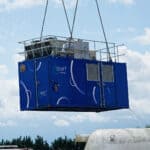Researchers have achieved a significant breakthrough in converting carbon dioxide (CO2) into green fuel through photocatalysis, employing a novel material based on nanocrystalline carbon nitride infused with copper atoms. Their findings, published in the Sustainable Energy Fuels Journal, demonstrate the utilization of sunlight to excite electrons within a semiconductor material, allowing them to react with CO2 and water, ultimately yielding methanol, a sustainable fuel source. Despite existing challenges related to efficiency and selectivity, this innovative approach presents a promising alternative to conventional methods reliant on fossil fuels. Through meticulous optimization of carbon nitride crystallinity and the introduction of minute quantities of copper, the research team achieved a remarkable 44-fold increase in efficiency, accompanied by a notable shift towards methanol production. This advancement represents a significant step forward in CO2 conversion technology, highlighting the potential of tailored catalysts at the nanoscale. Supported by the EPSRC Programme Grant “Metal Atoms on Surfaces and Interfaces for a Green Future,” this research lays a solid foundation for the development of sustainable energy solutions.
By putting sunlight on a light-activated material, researchers have transformed CO2 into green fuel.
A team of researchers has created a fresh material based on nanocrystalline carbon nitride that is made of copper.
Copper atoms are housed within the nanocrystalline structure, allowing electrons to travel from carbon dioxide. This is an important step in producing the green fuel – methanol – from CO2 under the influence of solar irradiation.
The work is published in the Sustainable Energy Fuels Journal.
What is the process of photocatalysis?
Light is shone on a semiconductor material in photocatalysis. This excites electrons, enabling them to travel through the material to react with CO2 and water.
This leads to a variety of important products, including methanol, which is a sustainable fuel.
Yet, despite current progress, the process suffers from a lack of efficiency and selectivity.
The problem with carbon dioxide
The biggest contributor to global warming is carbon dioxide.
Standard infrared techniques call for hydrogen from fossil fuels, despite the fact that CO2 can be transformed into beneficial products.
Because of this, it is important to develop other methods based on photo- and electrocatalysis, taking advantage of solar energy and the abundance of water.
Increasing efficiency of photocatalysis
The team developed a method for heating carbon nitride to the desired crystallinity level, which made the material’s functionalities for photocatalysis maximal.
The semiconductor and metal atoms could therefore be contacted by using magnetron sputtering to deposit nuclear copper in a solvent-free manner.
Tara LeMercier, a PhD student who carried out the empirical work at the University of Nottingham, School of Chemistry, said:” We measured the current generated by light and used it as a criterion to judge the quality of the catalyst. The new type of carbon nitride is 44 times more effective than conventional carbon nitride yet without copper.
” But, to our surprise, the addition of only 1mg of copper per 1g of carbon nitride quadrupled this efficiency. Most notably, the selectivity changed from methane, another greenhouse gas, to methanol, a valuable alternative fuel.
A major step towards CO2 conversion
The team’s work represents a step toward a thorough examination of electrocatalytic materials for CO2 conversion.
It opens the door to very careful and configurable catalysts where the desired product can be adjusted up by controlling the catalyst at the nanoscale.
The project is supported by the EPSRC Programme Grant” Metal Atoms on Surfaces and Interfaces for a Green Future.”
The breakthrough in converting carbon dioxide into green fuel through photocatalysis, utilizing nanocrystalline carbon nitride infused with copper atoms, marks a significant advancement in sustainable energy technology. Published in the Sustainable Energy Fuels Journal, this research demonstrates the efficacy of sunlight-induced electron excitation to facilitate methanol production from CO2 and water. Despite challenges in efficiency and selectivity, the team achieved a remarkable 44-fold increase in efficiency with minimal copper addition. This innovation paves the way for tailored catalysts at the nanoscale, offering promising avenues for enhanced CO2 conversion. Supported by the EPSRC Programme Grant, this work underscores the potential of photo- and electrocatalysis in addressing global warming and advancing towards a greener future.












